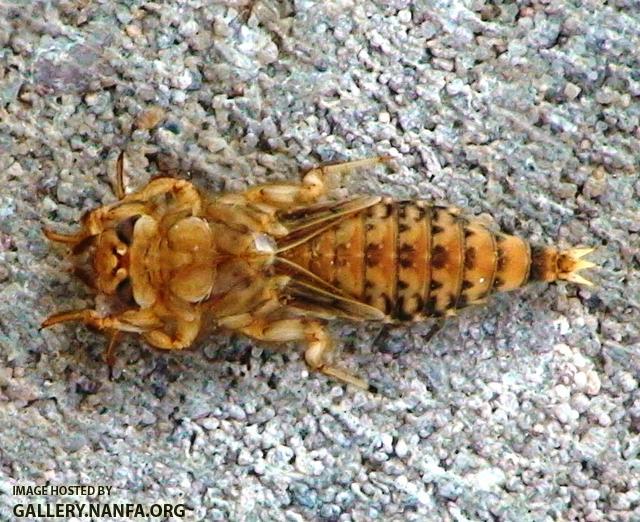DRAGONFLY NYMPHS PRODUCING SOUND?
#1
 Guest_centrarchid_*
Guest_centrarchid_*
Posted 26 September 2013 - 09:28 AM
#2
 Guest_daveneely_*
Guest_daveneely_*
Posted 26 September 2013 - 09:56 AM
#3
 Guest_centrarchid_*
Guest_centrarchid_*
Posted 26 September 2013 - 10:14 AM
#4
 Guest_daveneely_*
Guest_daveneely_*
Posted 26 September 2013 - 10:39 AM
#5
 Guest_centrarchid_*
Guest_centrarchid_*
Posted 26 September 2013 - 10:55 AM
Knowing how to raise certain types of fish does not always lend itself to husbandry of other fishes, insects and macrophytes. I am setup in mind and resources for tightly controlled rearing but that only works when you know a given organisms requirements.
I will setup a jungle tank which will violate our bio-security rules.
#6
 Guest_centrarchid_*
Guest_centrarchid_*
Posted 27 September 2013 - 06:14 AM

Image of dragonfly nymph in question IIma
#7
 Guest_daveneely_*
Guest_daveneely_*
Posted 27 September 2013 - 06:40 AM
#8
 Guest_gerald_*
Guest_gerald_*
Posted 27 September 2013 - 03:02 PM
#9
 Guest_centrarchid_*
Guest_centrarchid_*
Posted 27 September 2013 - 03:30 PM
#10
 Guest_Kanus_*
Guest_Kanus_*
Posted 27 September 2013 - 08:16 PM
#11
 Guest_centrarchid_*
Guest_centrarchid_*
Posted 30 September 2013 - 10:42 AM
#12
 Guest_daveneely_*
Guest_daveneely_*
Posted 30 September 2013 - 08:30 PM
Picture a very warm pool with about 30 head of black angus cows standing in belly deep greenish gray water as they tried to stay cool.
That sounds like the Fabius that I remember!
#13
 Guest_Auban_*
Guest_Auban_*
Posted 05 October 2013 - 03:12 AM
yeah, i got a thing for water bugs...
they are easy to keep(sort of). they will sit in a tank just fine, and can often handle nasty water, but they eat a LOT. my biggest trouble with dragonfly larvae was always keeping them fed.
they will eat just about anything that moves though.
1 user(s) are reading this topic
0 members, 1 guests, 0 anonymous users







